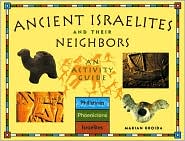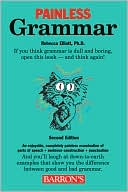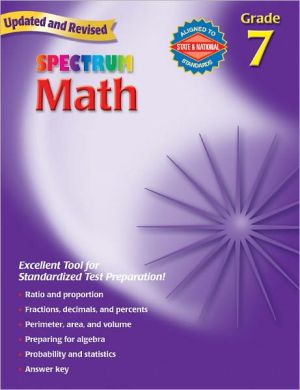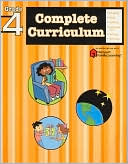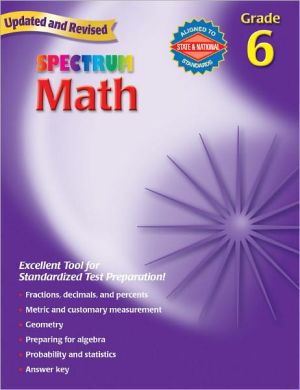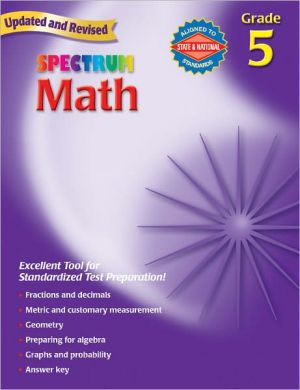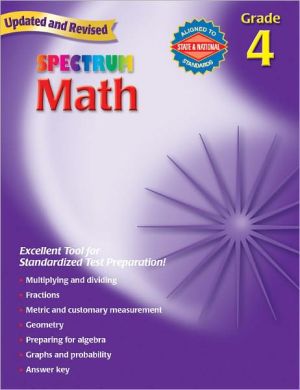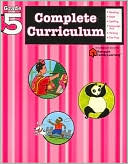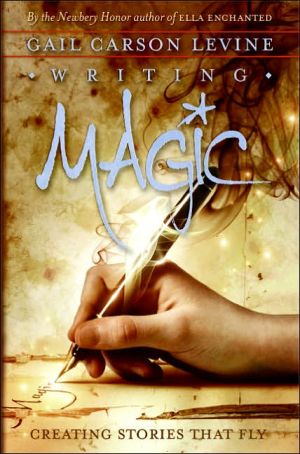Ancient Israelites and Their Neighbors: An Activity Guide
Children can try their hand at re-creating ancient Israelite culture—along with the cultures of their neighbors, the Philistines and Phoenicians—in a way that will provide perspective on current events. The book covers a key period from the Israelites’ settlement in Canaan in 1200 B.C.E. to their return from exile in Babylonia in 538 B.C.E. This part of the Middle East—no larger than modern-day Michigan—was the birthplace of Judaism, Christianity, and Islam. More than 35 projects include...
Search in google:
Children can try their hand at re-creating ancient Israelite culture—along with the cultures of their neighbors, the Philistines and Phoenicians—in a way that will provide perspective on current events. The book covers a key period from the Israelites’ settlement in Canaan in 1200 B.C.E. to their return from exile in Babylonia in 538 B.C.E. This part of the Middle East—no larger than modern-day Michigan—was the birthplace of Judaism, Christianity, and Islam. More than 35 projects include stomping grapes into juice, building a model Phoenician trading ship, making a Philistine headdress, and writing on a broken clay pot. Israelites', Phoenicians', and Philistines' writing and languages, the way they built their homes, the food they ate, the clothes they wore, and the work they did, and of course, their many interesting stories, are all explored.Statesman JournalSeattle author Broida knows how to make the past come alive for young readers.
\ Statesman JournalSeattle author Broida knows how to make the past come alive for young readers.\ \ \ \ \ Jewish Book WorldAn informative and fun-to-read guide to the cultures of the ancient Israelites\ \ \ AJL NewsletterA very useful volume.\ \ \ \ \ epinions.comCreative . . . enjoyable . . . interesting activities. . . colorful and lively . . . an excellent resource.\ \ \ \ \ Children's LiteratureModern children have it made! Paper comes from the office supply store, wine comes in bottles, and they can wear pretty much what they want. Children in ancient Mesopotamia, on the other hand, had difficult lives. They had to carry water (or wine) in jugs on their heads, girls and boys did only jobs suitable for their own sex, their clothing was also determined by their sex, and they did an adult's work at a very young age. This fascinating book looks at three major civilizations of the period called the Iron Age, between 1200 B.C.E. and 538 B.C.E. Broida explains clearly what life was like for Phoenicians, Philistines, and Israelites But she doesn't only tell the story, she shows what life was like. Simple projects let modern children try their hands at stomping grape juice, and making tunics, dresses, headdresses, jewelry, and pottery. Readers will find out about a musical instrument (a lyre), and make a model of it. They will learn to write in a script that has not been taught for 2000 years. Broida does not gloss over the things made ancient life hazardous, either. If crops failed, there would be a famine. People would starve. Children were lucky to survive to age five. There were no vaccinations—hurray!—but there were all the diseases that vaccines prevent. Today, fighting in a war can seem noble and even glamorous to an American child who sees it on TV or in a movie, but in those days when war came to a family, it was bloody and brutal. And survivors would often be sold into slavery. Reading this book, doing the crafts, absorbing the wealth of information, will broaden children's minds and make them more aware of how the Middle East has influenced modern civilization. Recommended.2003, Chicago Review Press, Ages 9 up. \ — Judy Silverman\ \ \ \ \ KLIATTThere isn't a day that we do not hear news from the present-day Middle East. Broida helps YAs answer the question, "What was the Middle East like for the Philistines, Phoenicians, and the Israelites from 1200 B.C.E.-600 B.C.E.?" A reader can easily pick up on Broida's efforts to remain unbiased (especially in terms of religion). Broida completed extensive research to portray these ancient cultures and their religions accurately. In addition, this activity book contains 39 different hands-on experiences that help bring to life those that lived in Ancient Israel. The research-based activities include an extensive materials list (be sure to stop by your local craft store to locate many of the supplies) and detailed instructions with a few diagrams. Readers can pick and choose which activities would be most beneficial, keeping in mind the difficulty level and time necessary to complete each activity. This activity book could be utilized solely for research purposes for all the information that is included. A wide range of illustrations is utilized, including maps, photographs (especially of ruins and artwork), and drawings, most in b/w. The extensive timeline, as well as the glossary, index, and future research ideas (listing children's book and Web sites), make this activity book a great resource. KLIATT Codes: P-Recommended. 2003, Chicago Review, 140p. illus. bibliog. index., Ages adult. \ — Jennifer Baldwin\ \ \ \ \ School Library JournalGr 4-6-Broida's overview of the Israelites, Phoenicians, and Philistines focuses on their history, food, clothing, written language, occupations, religious beliefs, and architecture. The stories of the Bible (Old Testament) are related throughout and students may have a hard time differentiating between what archaeologists have interpreted and what has been taken solely from biblical texts. When describing what we "know" about Philistine military dress, the author notes that while we do not know exactly what the giant Goliath wore, "all we really know is that his clothes must have been extra-extra large!" This conversational tone does make for livelier reading, but it is often pointless. Interestingly enough, there is no citation for the Bible in the bibliography. Included are several activities and recipes for each group. The projects are fairly simple, using common materials, and the illustrations will help children interpret the narrative directions. A number of black-and-white photographs and simple maps are included. Admittedly there is little for children about these ancient cultures, but Jonathan N. Tubb's Bible Lands (DK, 2000) is a better introduction. Students could then use Broida's book to further their knowledge on these peoples.-Genevieve Gallagher, Orange County Public Library, VA Copyright 2003 Reed Business Information.\ \
